Making a Case for a Single Motivation of Aggressive Behavior
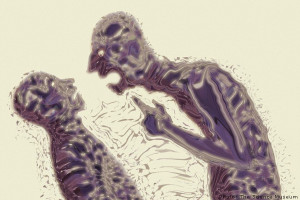 Lots of research in recent years has distinguished between two types of aggressive behavior: reactive aggression and proactive (or instrumental). So what distinguishes one from the other? Simply stated, reactive aggression is a response to something, whereas proactive aggression is not. It is also referred to as instrumental aggression because it can be seen as a means to a particular end. This distinction seems to make intuitive sense and the research seems to reinforce intuition in this instance. However, despite the surface differences between these forms of aggression, is it possible that something is missing? Is it possible that all aggression is reactive, or defensive, in nature?
Lots of research in recent years has distinguished between two types of aggressive behavior: reactive aggression and proactive (or instrumental). So what distinguishes one from the other? Simply stated, reactive aggression is a response to something, whereas proactive aggression is not. It is also referred to as instrumental aggression because it can be seen as a means to a particular end. This distinction seems to make intuitive sense and the research seems to reinforce intuition in this instance. However, despite the surface differences between these forms of aggression, is it possible that something is missing? Is it possible that all aggression is reactive, or defensive, in nature?
Consider the neurobiological home of aggression, the fight-or-fight (FoF) response of the nervous system. Aggression does not exist without arousal of the FoF system. Therefore, it stands to reason that even proactive aggression is caused by the brain’s perception of a threat that may warrant activation of the FoF system. After all, it is the FoF response. In order for a response to be elicited, there must be a stimulus that is being responded to. It is by this logic that it may be said that all aggression is reactive or defensive.
Of course, there are many examples of aggression that is unsolicited and unprovoked by the victim. After all, random acts of violence do occur. However, though these acts appear to be unprovoked, perhaps a deeper analysis of the motivation behind the behavior may reveal the provocation, even if it only exists as a perception in the mind of the aggressor.
For example, consider the ubiquitous classroom bully. His or her verbal and physical attacks on smaller, marginalized classmates may appear to be very proactive and unsolicited. It can safely be assumed that the victim has not done anything to warrant such treatment. However, this is where the term “instrumental” becomes instructive. What end does the bully hope to achieve by means of aggressive behavior? Social standing? Feelings of power and control? Respect/fear from others? Special treatment from others? What circumstances would have to exist for the bully to conclude that social standing, power, control, respect, fear, and special treatment are of such importance?
Often, bullies come from marginalized backgrounds where respect, power and other healthy forms of safety do not exist. If a bully is abused and powerless at home, his or her brain will associate feelings of powerlessness with danger and harm and will become desperate to avoid those feelings if possible. In the classroom, this is achieved by acting in an aggressive manner and creating fear in one’s peers, thereby controlling one’s environment. In other words, the purpose behind the proactive aggression is to protect the bully from feelings of powerlessness and the danger and harm that have become associated with those feelings.
Using this train of reasoning, we see that this so-called proactive aggression is, in fact, a reaction to a perception of powerlessness. We can use the same manner of analysis to understand all forms of aggressive behavior. Even on a national scale, a country that invades another country to seize its assets is doing so because it believes that it has a right to those assets and that the other country is interfering in that right. Thus the invaders’ seemingly proactive aggression is, in fact, a response to their perception of injustice. However, because no one else sees the situation as unjust, the aggression appears to be unprovoked.
This way of viewing aggressive behavior has important implications for treatment and rehabilitation of individuals who exhibit problematic aggression, regardless of whether it is seen as proactive or reactive. By viewing the bully as responding defensively to a perceived unsafe situation, different assumptions are made regarding his or her character and motivation. These characterizations greatly influence treatment methods.
If a bully is seen as antisocial or a “bad” kid, then the intervention is more likely to be punitive. If the bully is seen as vulnerable and afraid, the intervention is more likely to be supportive. If a controlling individual is seen as wanting power and dominance, then individuals are more likely to resist their efforts for control. If they are seen as afraid and engaged in self-protection mode, then individuals are more likely to reassure them that they are safe and cooperate.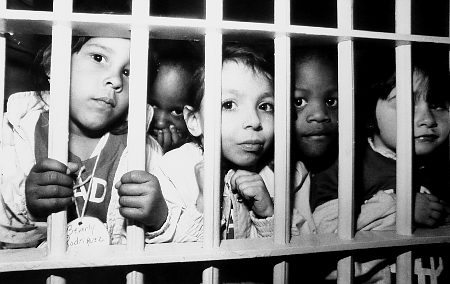
This has nothing to do with blaming the victim. The goal is not to look for ways that the victim’s behavior justified the aggression but rather to look for how the aggressor’s perception made the aggression appear to be the best course of action to ensure safety.






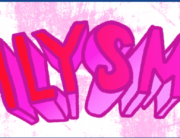







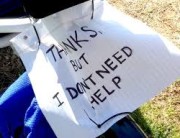

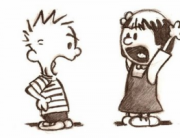








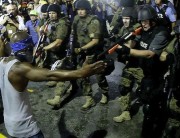
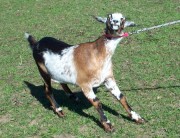

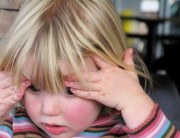

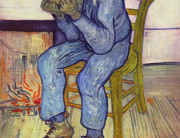











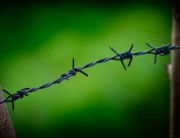



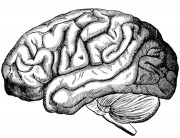
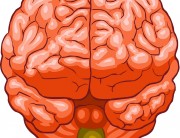
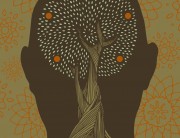

[…] Previous […]